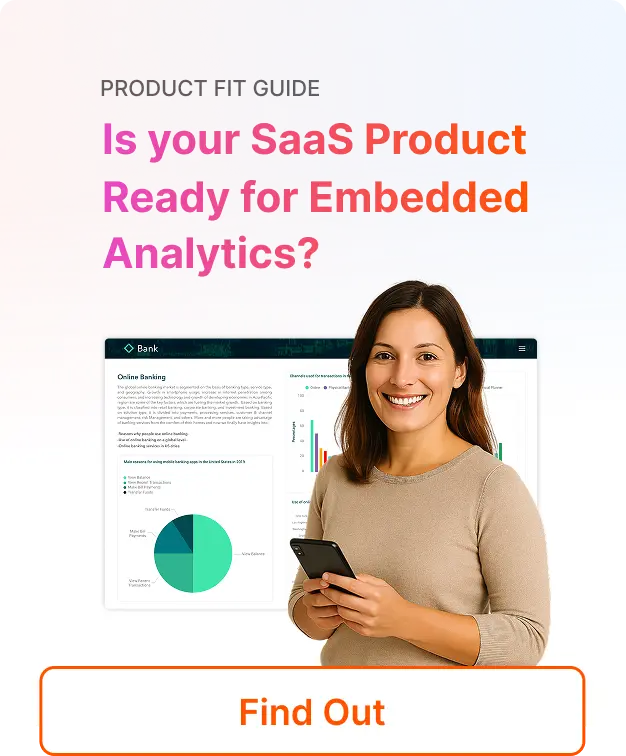As a product manager, your main responsibilities revolve around managing the entire product lifecycle and the GTM strategy, building your roadmap, and defining all of the new and important features your product needs to have.
In doing all of this one of the most important things to keep in mind is your product’s infrastructure and making sure the solution you are building is scalable over time. It is incredibly important to invest time and resources (the same way you invest in marketing and strategy) into your product’s architecture to create a solid foundation and there are different factors you need to consider:
- Product phase, is your product still in its early stages, or have you already achieved a product-market fit where it’s increasingly being used and needs to scale?
- Team structure, do you have the correct distribution of services being used across different teams, have you figured out which team should be in charge of which service, the metrics they need to monitor and how each service needs to be scaled?
- Testing and deployments, is your team, release cycle and testing strategy (manual or automated) ready for continuous deployments?
Thinking about this when defining the right type of architecture will help you build development and maintenance efficiencies for your product, process and team, and when selecting the right architecture for your product there are 2 ways you can go.
First, decide if you are going to build it in-house or work with third-party services to build it and manage it for you. And that’s where Serverless Architecture comes in. Serverless is a far-reaching and rapidly evolving space projected to reach $21.9 million by 2025.
It is also a great fit for Embedded Analytics systems, and Saas companies looking to leverage it in their own applications through a “buy-not-build” approach, as ownership costs and time to market are reduced. Serverless has become very popular and the term is widely used, although it can be easily misinterpreted.
When talking about Serverless the non-existence of servers is implied, but what it actually means is that it allows applications and services to run without the need of managing the underlying infrastructure. Serverless architecture can bring many benefits around not having to buy, set up, and maintain your own servers, or having to get additional servers in order to scale which in the end reduces to costs.
Read our comprehensive guide to serverless software development here. So why does this matter and what does it mean for you as a Product Manager?
What are the Benefits of Serverless Architecture
Implementing a Serverless architecture for your SaaS application can bring many benefits to your product and business.
Reduced Time to Market
You don’t need months to create and launch applications, this can be done in a matter of days or even hours. For your team it means faster development cycles and focusing on the application code, rather than maintaining and scaling server resources. This reduces operations time and costs allowing you to move faster in delivering valuable and critical features to the business.
Autoscaling and Pay-Per-Use
Is your app prepared to handle the load? Scaling is cheaper since you don’t need to buy more servers to reach the capacity you need. The system can grow without any performance issues and you can pay for how much you use without having to worry about the system crashing. This helps you optimize your budget for resource-related operational costs.
Security Concerns
Infrastructure, as well as other critical security functions, are managed by the cloud provider which will likely do a better job of making sure that critical data security is easier to audit and manage.
Better and Faster Deployment Process
With Serverless you can do continuous deployments that allow you to launch new features or changes faster to test and get user feedback that helps you iterate and improve your product in shorter cycles.
As you can see, serverless can help you build a robust and scalable product leveraging independent scalability, reduced infrastructure costs and a performant user experience. This will ultimately allow you to focus your attention on product functionality, business outcomes and strategy, and of course, your users.

David is the Chief Technology Officer at Qrvey, the leading provider of embedded analytics software for B2B SaaS companies. With extensive experience in software development and a passion for innovation, David plays a pivotal role in helping companies successfully transition from traditional reporting features to highly customizable analytics experiences that delight SaaS end-users.
Drawing from his deep technical expertise and industry insights, David leads Qrvey’s engineering team in developing cutting-edge analytics solutions that empower product teams to seamlessly integrate robust data visualizations and interactive dashboards into their applications. His commitment to staying ahead of the curve ensures that Qrvey’s platform continuously evolves to meet the ever-changing needs of the SaaS industry.
David shares his wealth of knowledge and best practices on topics related to embedded analytics, data visualization, and the technical considerations involved in building data-driven SaaS products.
Popular Posts
Why is Multi-Tenant Analytics So Hard?
BLOG
Creating performant, secure, and scalable multi-tenant analytics requires overcoming steep engineering challenges that stretch the limits of...
How We Define Embedded Analytics
BLOG
Embedded analytics comes in many forms, but at Qrvey we focus exclusively on embedded analytics for SaaS applications. Discover the differences here...
White Labeling Your Analytics for Success
BLOG
When using third party analytics software you want it to blend in seamlessly to your application. Learn more on how and why this is important for user experience.









